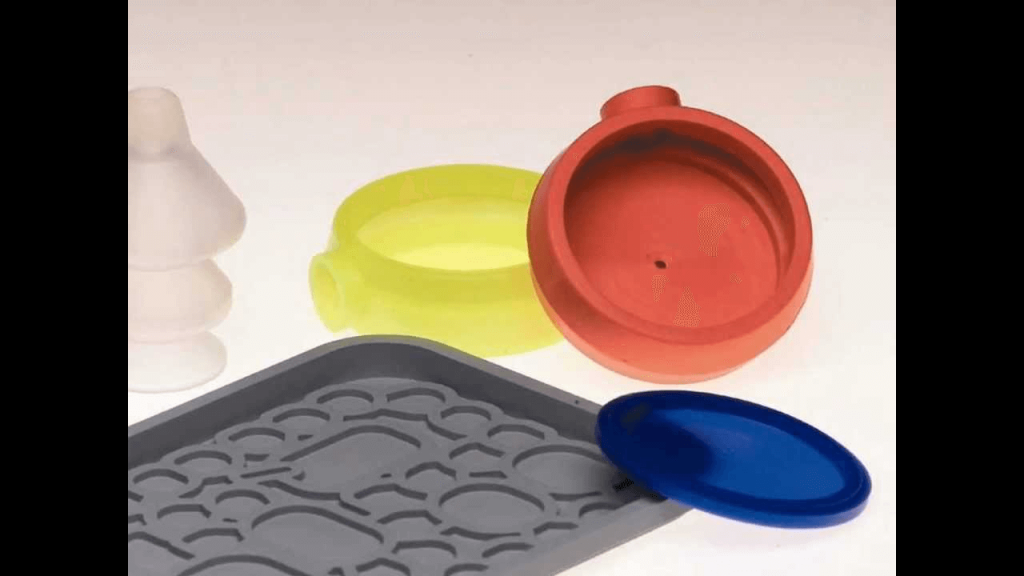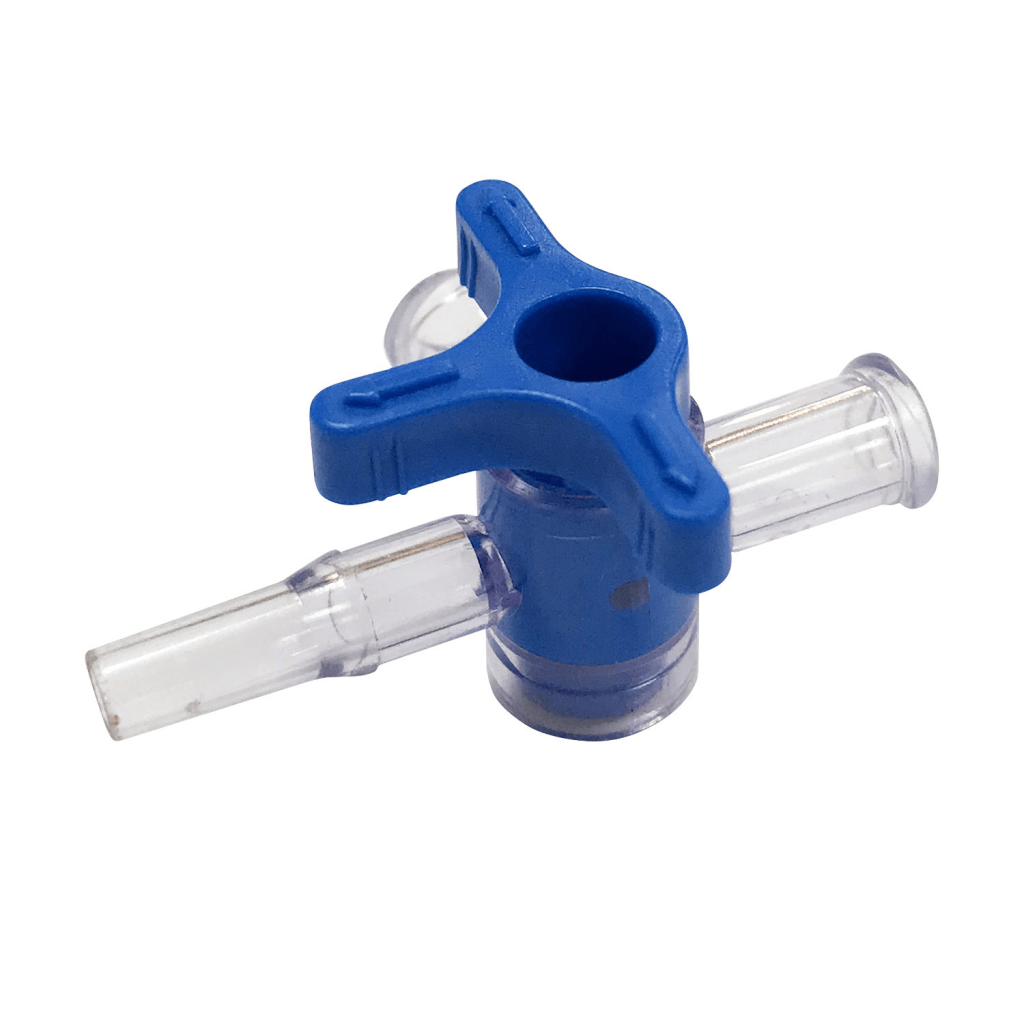The Complete Custom Plastic Parts Manufacturers Process Information
Custom Plastic Parts Manufacturers: How It’s Done?
Regardless of your reason for reaching out to custom plastic parts manufacturers, it is also important to have a basic understanding of how the manufacturing process is conducted. In addition, you need to know about the modern and sophisticated model building techniques.
In this blog post, we will be covering the basics of the manufacturing of custom plastic parts, in addition to the common modeling and plastic molding machines and concepts. So, let us begin.
Custom Plastic Parts Manufacturers – Manufacturing Process
Plastics or more formerly known as the polymers are widely used around the globe. They are available in a wide variety as well. Different elements such as nitrogen, oxygen, chlorine, and hydrogen are used in their composition.
In addition, these plastic parts have high molecular weights. The objective of manufacturing plastic is to imitate the components of natural materials. For instance, it is often used to replace wood products.
These materials generally are a result of natural product conversion. However, sometimes you can create them by combining essential chemicals such as coal, oil, or natural gas.
Below is the general idea of how to manufacture the custom plastic parts.

Propose a Design
It is but natural, that for a custom plastic part, you would have to provide a design. After all the component or the part needs to be according to your specification.
So, start with sketching your design on a piece of paper. Just make sure that the end of your sketch has all the required details. It would be better if you draw a 3D model for it.
In case, you lack the skills, we suggest you go on and hire a professional. Provide them with all the details, and they will design your product or parts accurately. After all, this is an important stage, where you would make the product achievable.
So, to reduce the designing time, you can present the design to you to achieve goals. You can reach out to tech experts to ensure that your designs have no technical errors.
Choosing Plastic Moulding Design
In the manufacturing industry, you will find a number of molding methods. In case, you are looking for more details, you should read our different types of Moulding Process or the comparison between extrusion and Thermoforming.
Thus, there is no denying that custom injection molding is among the most popular techniques. So, with plastic injection moulding, you can manufacturer parts in high quantity and at lower rates.
However, do bear in mind that the process you choose would depend upon a number of variables. For instance, the number of parts you need, the initial design, and the product’s overall use.
Below are some additional plastic moulding techniques and their variants.
3D Printing
Using a CDA model, 3D printing allows direct creation of 3D parts. Thus, the technique uses layer by layer concept for manufacturing the part of the component. Instead of molding the entire material at once, it goes layer by layer.
Manufacturing Process
Step-up
There are different print preparation software that you can use for laying out the model and its orientation. Both these factors are according to the building volume of the printer, its slicing capabilities, and additional support structures.
Also, the software would heed to every aspect of the printer, to ensure that your product can be produced in the best possible way.
Printing
There are different 3D printing technologies available, thus the printing process would vary as per the technology that you use. For example, FDM – Fused Deposition Modeling—melts the plastic filament to produce a product.
Likewise, the Selective Laser Sintering uses fuses powdered plastic and the Stereolithography incorporates the liquid resin for product creation.
Post- Processing
After completing the printing process, remove the products from the printer. Manufacturers would have to clean or wash them. In addition, they might perform some post-cured methods. However, this mainly depends on the technology you use.
Cost and Production
With 3D printing, you do not require additional tools and the step-up time is also minimal, manufacturers prefer it over the old techniques. You can ignore the cost of producing a custom part especially in comparison to the conventional manufacturing processes that take ages.
Thanks to technological advancement, even the low-level consumers also have access to affordable 3D printing techniques. It is possible to develop low to mid-volume applications at reasonable prices.
See the table below for additional information on 3D Printing.
| 3D PRINTING | |
| Form | The high degree of freedom |
| Lead time | < 24 hours |
| Cycle time | < 1 hour to multiple hours. The cycle time greatly depends upon the volume and size of the part. |
| Setup cost | Undefined |
| Cost per part | Undefined |
| Volume | (~1-1000 parts) |
Materials
Since there are a number of 3D printing technologies and 3D printers available in the market, thus you have a wide variety of material. So, the choice of material again depends upon the type of technology you use.
See the table below for different material types and the technologies that use them.
| 3D PRINTING MATERIALS | |
| Fused deposition modeling (FDM) | mainly PLA and ABS, Various thermoplastics |
| Selective laser sintering (SLS) | Thermoplastics, usually nylon and its composites
|
| Stereolithography (SLA) | Thermoset resins |
CNC Machining
Lathes, Mills and similar subtractive processes controlled by the computer are part of the CNC machining. The technique applies different methods such as drilling, cutting, boring, and grinding onto a solid block, plastic, metal rods, or bars.
CNC machining is slightly different from other plastic parts. Furthermore, the technique involves using a subtractive process in which milling – fixed part- or a spinning tool is required to remove the material.
It is possible to use a spinning part with a lathe (Fixed Tool) as well.
Manufacturing Process
Job Setup
For CNC machining, an intermediary step from CAD to CAM is required. So, the parts of the tool would be responsible for the movement of the cutting tools, the speed at which they would move and the changeovers required.
Machining
Furthermore, for the subtractive process to start, it is important to shift the toolpaths to the machine. So, you might have to set the workpiece in a new position as the tool heads would need additional space to work on the new areas.
Post-Processing
After manufacturing, it is important to clean the parts. They are also trimmed and deburred.
Cost and Production
Machining is a good choice for plastic part applications that require tight tolerance. In addition, it works well for parts and components having complex geometries.
Common Custom Plastic Parts Manufacturers Example
Consumers and manufacturers greatly depend on machining for prototyping purposes. It shows effective and efficient results. In addition, it is effective for end-use parts such as the bushing, gears, or pulleys.
The process comes at a low to moderate setup costs. Despite this, it can produce high-quality parts in an extremely short time. It also works with a number of materials.
| CNC MACHINING | |
| Form | Medium degree of freedom |
| Lead time | < 24 hours |
| Cycle time | < 1 hour to multiple hours. The cycle time greatly depends upon the volume and size of the part. |
| Setup cost | Undefined |
| Cost per part | Undegines |
| Volume | (~1-5000 parts) |
Materials
It is possible to mold the hardest plastics with different levels of machine difficulty. In the case of softer thermoset plastics, manufacturers require additional tools for the support purpose of the parts during the machining process.
Below are some common Plastic Examples
- Polystyrene (PS)
- Acrylic (PMMA)
- Polyamide nylon (PA)
- Acrylonitrile butadiene styrene (ABS)
- Polylactic acid (PLA)
- Polyether ether ketone (PEEK)
- Polycarbonate (PC)
- Polyethylene (PE)
- Polyvinyl chloride (PVC)
- Polypropylene (PP)
- Polycarbonate (PC)
- Polyoxymethylene (POM)
Build a Prototype
Now that you have the basic concept of different molding and machining techniques for plastic molding, you need to start with a prototype. A prototype would help you understand the viability of your idea.
With prototype can you eliminate almost all errors before going into the production phase. In addition, there are several prototype tools available, ask your custom plastic parts manufacturers for the best one in the market.

Find Custom Plastic Parts Manufacturers
Once you have finalized the design, it is time for prototyping and production. If you have in house facility, you can produce your own parts. If, not, you can reach out to one of the leading custom plastic parts manufacturers such as the Kaito Mould.
We deliver only the best prototyping and plastic molding services. Therefore, we recommend you reach out to us today and we will resolve all your Plastic related problems.



